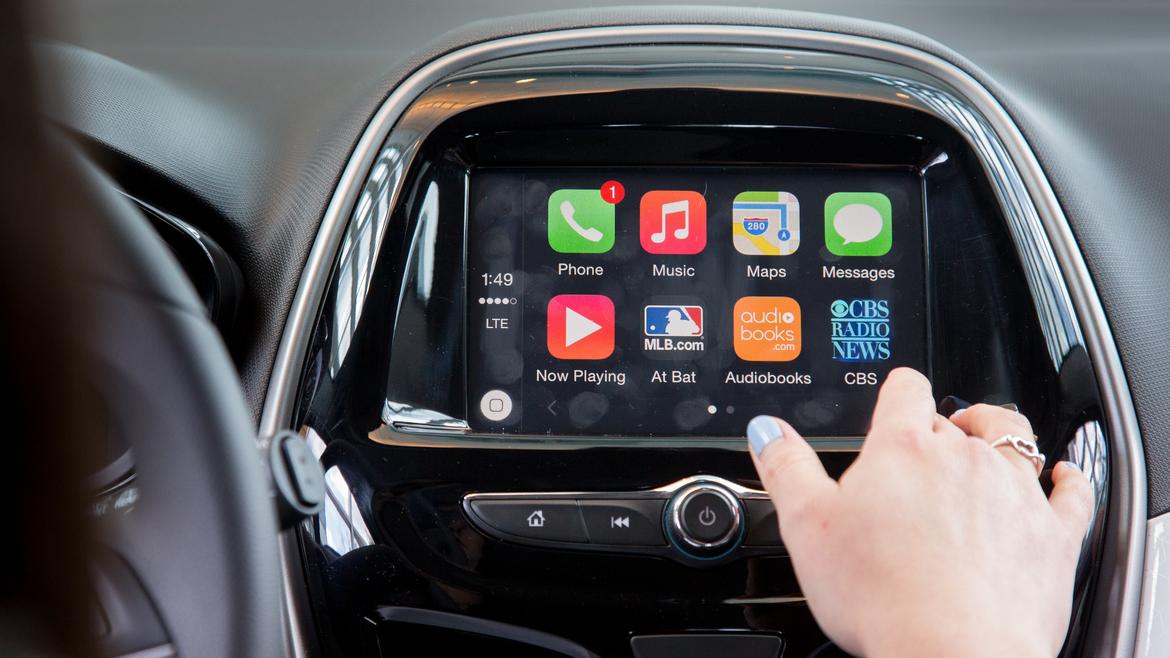
while technology undoubtedly makes our lives simpler, it can also put our lives at risk behind the wheel. even the safest infotainment technology poses a significant risk for motorists. according to a just-released study, drivers who take their eyes off the road for more than 2 seconds double their risk of a crash.
but when it comes to what forms of infotainment are potentially the most deadly, which one takes the poisonous cake? the aaa foundation for traffic safety recently evaluated five 2017 and 2018 model-year vehicles with native infotainment systems, apple carplay and android auto, to find out which systems required the most visual, cognitive and time demands for drivers to complete a task.
here's how the findings broke down by task, with the level of demand rated low, moderate, high or very high (a low level of demand equates to listening to the radio or an audiobook, while very high demand equates to an industry standard that produces demand similar to balancing a checkbook while driving):
- navigation: all three systems required very high demand from drivers when it came to navigation, so this one is a draw.
- calling/dialing: native car systems required high demand from drivers to make calls, while apple carplay and android auto only required moderate demand.
- texting: native systems and android auto both required very high demand from drivers who are sending texts versus high demand from those using apple carplay.
- selecting/programming audio entertainment: native systems required high demand from drivers for selecting audio entertainment, while android auto and apple carplay both required moderate demand.
- overall: researchers found that apple carplay and android auto did not differ significantly in the level of visual demand, cognitive demand or the time that it took drivers to complete a task; they both generally require moderate demand from drivers. meanwhile, native infotainment systems generally required very high demand from drivers, making apple carplay and android auto the safer options.
the safety of infotainment systems also varied depending on the vehicle:
- moderate demand from drivers: 2018 chevrolet silverado 1500 lt, 2018 kia sportage lx, 2018 kia optima lx, 2018 ram 1500 laramie
- high demand from drivers: 2017 volkswagen jetta s
- very high demand from drivers: 2018 bmw 430i xdrive convertible, 2017 buick enclave leather, 2017 land rover range rover sport hse, 2017 mercedes-benz c300 limited, 2017 nissan rogue sv
"google and apple are proving that it is possible to reduce the level of demand in-vehicle infotainment technology places on drivers," said david yang, executive director of the aaa foundation for traffic safety. "while improvements are necessary before any of the systems can be considered safe to use while driving, this research shows that smartphone-based software has the potential to offer a simpler, more familiar design that is less confusing to drivers, and therefore less demanding."
aaa has full reports of how much infotainment systems demanded of drivers in different vehicles here.
while systems can vary on how much they demand from drivers, its important to remember that allowing any form of distraction while driving puts you and those around you in danger. distracted driving is estimated to be responsible for more than 390,000 injuries and 3,500 deaths every year — don't become one of them.
's editorial department is your source for automotive news and reviews. in line with 's long-standing ethics policy, editors and reviewers don't accept gifts or free trips from automakers. the editorial department is independent of 's advertising, sales and sponsored content departments.


